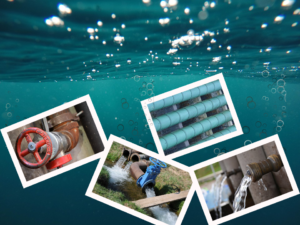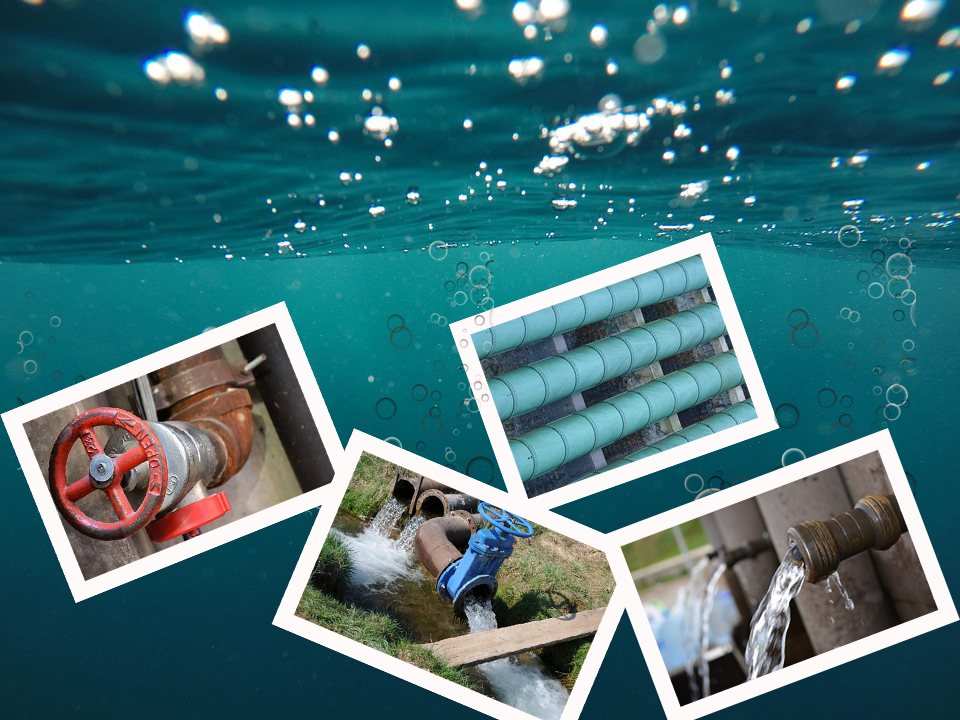
America has very frightening water problems. The country’s resources are inadequate in many states. Water quality is so poor in some areas that citizens are in danger. Another Flint, Michigan, could occur at any time. Water pipelines passed their anticipated life expectancy decades ago in about 80 percent of the country. If ever we should be focusing on water infrastructure, it is now.
However, over the last four decades, the federal share of funding for public water infrastructure projects has declined from more than 30 percent. It is now only about 4 percent of the cost of any approved project and Congress seems not to have noticed this grave issue.
Estimates are that drinking water and wastewater infrastructure in America will require an investment of $65 billion over the next two decades. That’s because many drinking water systems in America have not seen improvements or enhancements in more than 100 years.
Who is championing water causes? Too few elected officials – that’s for sure. But finally, one member of the U.S. Senate is trying to do something. Sen. Kirsten Gillibrand this week introduced legislation to create a grant program for water infrastructure projects. Her bill is called the Promoting Infrastructure and Protecting the Economy (PIPE) Act and it deserves the support of citizens interested in water quality in the United States.
 Gillibrand recognizes that budget constraints keep local elected leaders from launching critical drinking and waste water infrastructure projects. The discretionary grant funds she seeks would come from a congressional authorization of $5 billion over 10 years.
Gillibrand recognizes that budget constraints keep local elected leaders from launching critical drinking and waste water infrastructure projects. The discretionary grant funds she seeks would come from a congressional authorization of $5 billion over 10 years.
The lack of focus on water issues nationally comes at a time when America’s water infrastructure earned an average grade of “D” from the American Society of Civil Engineers in their recent Infrastructure Report Card. Grants funded by Gillibrand’s PIPE Act would be extremely helpful.
In the senator’s home state of New York, officials report that water infrastructure improvement needs will require future investments of approximately $40 billion over the next several decades. And, while the senator is trying to take care of her own state, she is also trying to ensure funding for other states.
Wastewater treatment plants in New York are an average of 30 years old and underground sewers are more than 60 years old. Many have outlived their life expectancy or are nearing the end of life projections. The types of problems public officials face in New York are very similar to the ones state and local public officials face nationwide. Not only are water pipelines leaking, but new technology can reduce maintenance costs significantly.
In the small city of Ilion, New York, the village board recently approved a 10 percent customer water rate increase. That was unpopular to say the least but it was necessary to help fund a study as a prerequisite to future upgrades to a sewer system. Aging water pipes will also be addressed during the study and once the work is complete and recommendations have been made, the city will begin looking for additional funding. Grants from a program as stipulated in the PIPE Act would be a welcomed source of funds.
The village of Leetonia in Ohio recently approved a cooperative agreement with the Ohio Water Development Authority for a loan to pay for replacement of all water meters. A $1 monthly surcharge on customers’ water bills was added – there was no other way to pay for the project. Higher user fees for families will likely soon become the norm unless the federal government finds some way to provide funding assistance.
In Florida, representatives from three cities recently sought federal water quality funding from Congress after the Florida Keys spent hundreds of millions of dollars on advanced wastewater treatment systems. This is another type of water project that would have an opportunity for grant funding if the senator’s bill is included in the infrastructure plan.
Congress’ continued delays on a national infrastructure plan are adversely affecting many long-overdue water and waste water projects. And, delays are driving up future construction and maintenance costs. The PIPE Act would definitely help local government officials as they struggle to deal with what will eventually become life-threatening water resource and water quality issues.
